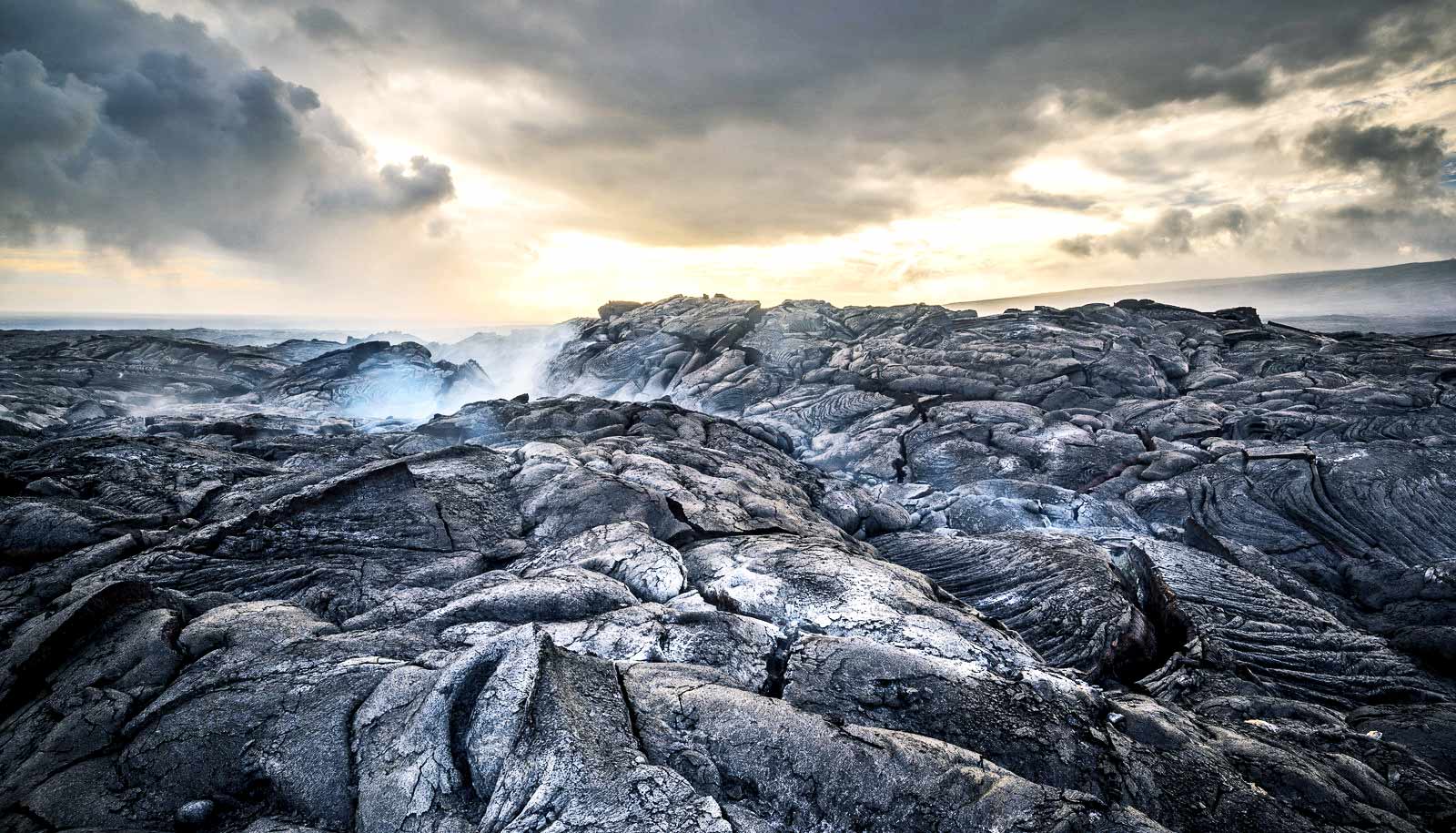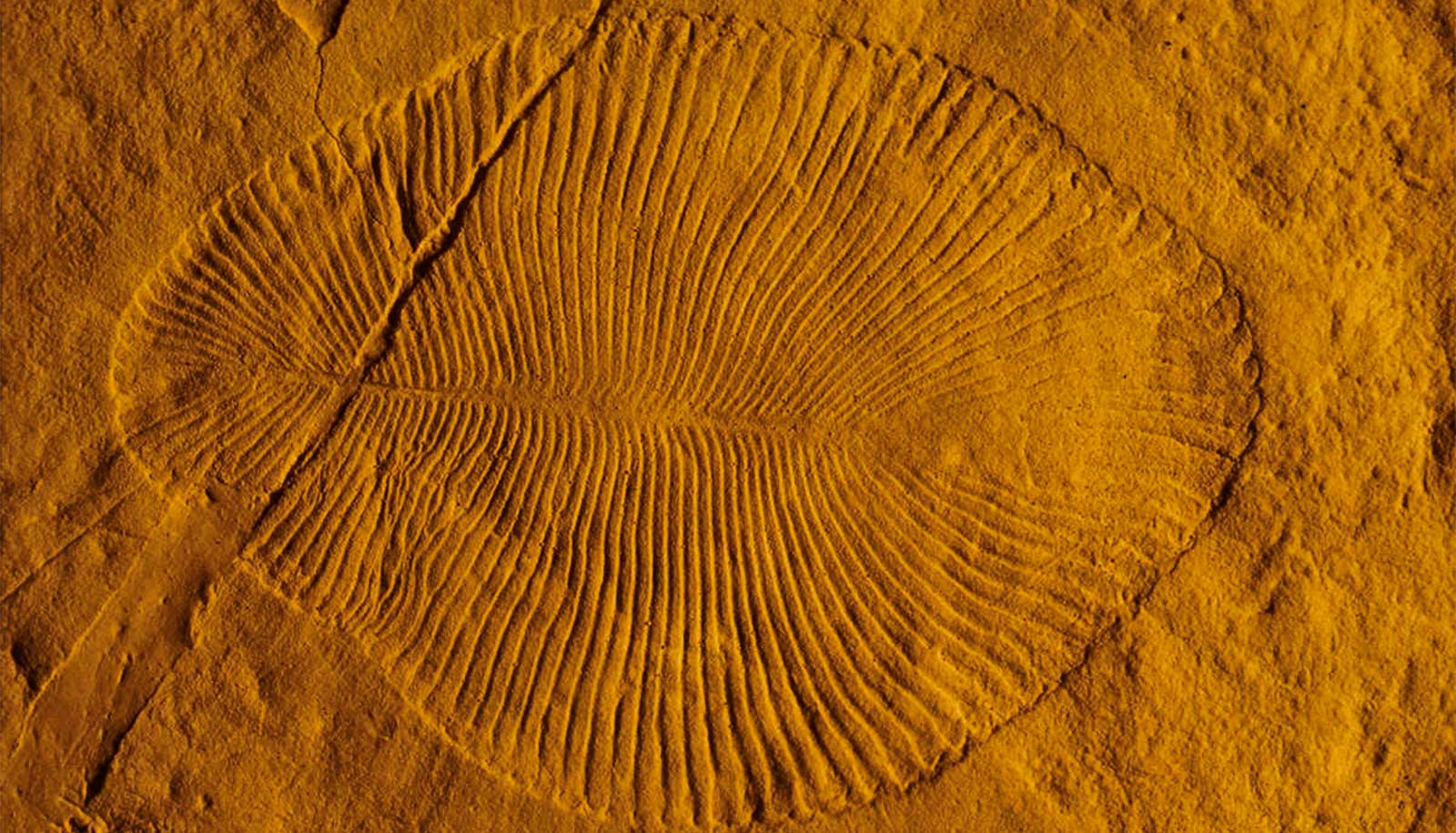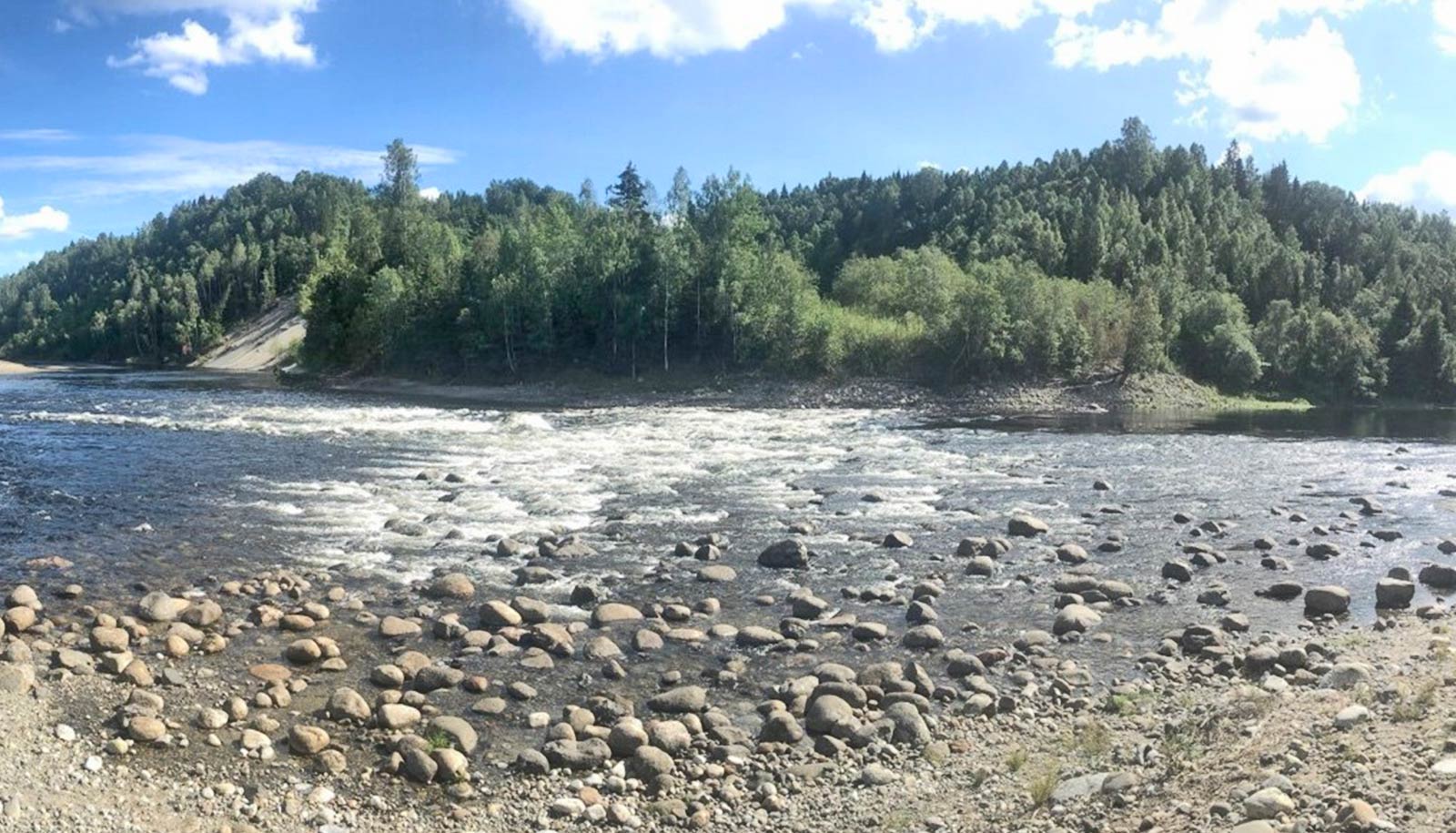Researchers are revising their understanding of early Earth—including how the planet came to support multi-cellular life—by tracing the metallic element titanium through the planet’s crust through time.
The new research, which appears in the journal Science, suggests significant tectonic action was already taking place 3.5 billion years ago—about half a billion years earlier than currently thought.
The crust was once made of uniformly dark, magnesium- and iron-rich mafic minerals. But today the crust looks very different between land and ocean: The crust on land is now a lighter-colored felsic, rich in silicon and aluminum. The point at which these two diverged is important, since the composition of minerals affects the flow of nutrients available to the fledgling life struggling to survive on Earth.

“This question has been discussed since geologists first started thinking about rocks,” says lead author Nicolas Dauphas, professor and head of the Origins Laboratory in the geophysical sciences department and the Enrico Fermi Institute at the University of Chicago. “This result is a surprise and certainly an upheaval in that discussion.”
To reconstruct the crust changing over time, geologists often look at a particular kind of rock called shales, made up of tiny bits of other rocks and minerals that water carries into mud deposits and compressed into rock. The only problem is that scientists have to adjust the numbers to account for different rates of weathering and transport. “There are many things that can foul you up,” Dauphas says.
To avoid this issue, Dauphas and his team looked at titanium in the shales over time. This element doesn’t dissolve in water and isn’t taken up by plants in nutrient cycles, so they thought the data would have fewer biases with which to contend.
They crushed samples of shale rocks of different ages from around the world and checked in what form its titanium appeared. The proportions of titanium isotopes present should shift as the rock changes from mafic to felsic. Instead, they saw little change over three and a half billion years, suggesting that the transition must have occurred before then.
This also would mark the beginning of plate tectonics, since that process is believed to be needed to create felsic rock.
“With a null response like that, seeing no change, it’s difficult to imagine an alternate explanation,” says Matouš Ptáček, a graduate student and coauthor of the study.
“Our results can also be used to track the average composition of the continental crust through time, allowing us to investigate the supply of nutrients to the oceans going back 3.5 billion years ago,” says Nicolas Greber, the first author of the paper, then a postdoctoral researcher at the University of Chicago and now with the University of Geneva.
Bubbles in lava could change our view of early Earth
The question about nutrients is important for our understanding of the circumstances around a mysterious but crucial turning point called the great oxygenation event. This is when oxygen started to emerge as an important constituent of Earth’s atmosphere, wreaking a massive change on the planet—and making it possible for multi-celled beings to evolve.
The flood of oxygen came from a surge of photosynthetic microorganisms; and in turn their work was fostered by a surge of nutrients to the oceans, particularly phosphorus.
“Phosphorus is the most important limiting nutrient in the modern ocean. If you fertilize the ocean with phosphorus, life will bloom,” Dauphas says.
The titanium timeline suggests that the primary trigger of the surge of phosphorus was the change in the makeup of mafic rock over time. As the Earth cooled, the mafic rock coming out of volcanoes and underground melts became richer in phosphorus.
“We’ve known for a long time that mafic rock changed over time, but what we didn’t know was that their contribution to the crust has stayed rather consistent,” Ptáček says.
Methane from microbes kept early Earth warm
Additional researchers contributing to the work are from University of California, Riverside; University of Oregon-Eugene; and the University of Johannesburg.
The National Science Foundation, NASA, Swiss National Science Foundation, and the Natural Sciences and Engineering Research Council of Canada provided funding for the research.
Source: University of Chicago



